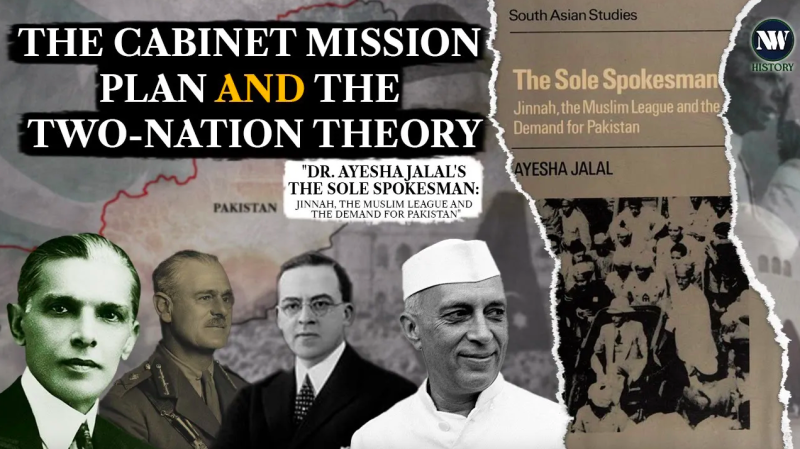Dr. Ayesha Jalal in her book The Sole Spokesman, explores Muhammad Ali Jinnah’s tactical ambiguity in the Lahore Resolution and his journey toward securing Pakistan.
Initially, Jinnah kept the resolution vague about the exact relationship between Muslim-majority provinces and a central government, assuming the British would resist provincial secession. However, the Cripps Mission’s 1942 proposal emphasized provincial autonomy, compelling Jinnah to clarify his demands, which eventually led both Congress and Jinnah to reject the proposal.
Some Punjabi leaders advocated for an explicitly Islamic state, but Jinnah resisted this, emphasizing that Pakistan’s future constitution should be determined by the people. In April 1943, he skillfully avoided commitment to an Islamic constitution, blocking a resolution by Dr Abdul Hameed Kazi that proposed basing Pakistan’s government on Quranic principles and the model of the first caliphs.
Jinnah’s stance allowed him to sidestep religious dogma, insisting, “The Constitution and the Government of Pakistan will be what the people will decide.”
The Muslim League’s victory in the 1945-46 elections reinforced Jinnah’s demand for Pakistan as a federation of two regions under a weak central union.
Although he reluctantly considered the 1946 Cabinet Mission Plan, which proposed a three-tier federation, he recognized its inherent favour toward Congress’s vision of a strong central authority. Jinnah’s eventual acceptance of the plan failed to secure an unequivocal promise of Pakistan, causing dissatisfaction among his supporters.
As Dr. Jalal writes, “The last thirteen months of British rule saw the tragic collapse of Jinnah’s strategy – tragic because the Quaid-i-Azam had always tried to keep himself above communalism...cherished his vision of Indian unity.” His deft manoeuvring kept the dream of Pakistan ambiguous, allowing his followers to interpret it as they wished while concealing the underlying fragility of Muslim solidarity.

